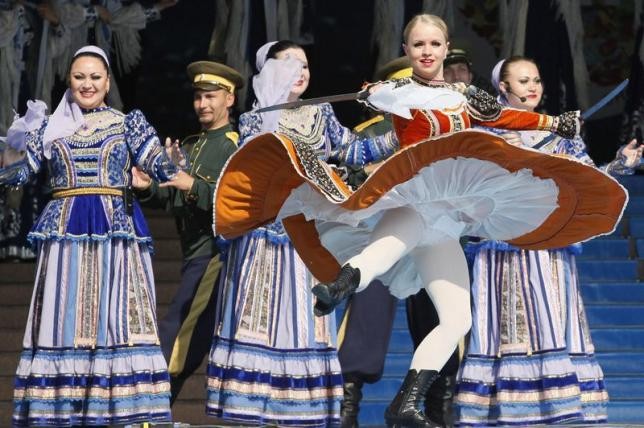Scientists discovered how the Bronze Age changed Europe by examining the genetic past of old European residents and the involved migration.
Using DNA samples of unearthed 170 skeletons from different parts of Europe, two new studies offer explanation on the history of modern Europe. These two studies are done by researchers of Harvard University and archaeologists at the University of Copenhagen.
The migration of Bronze Age people to Europe is considered as one of the major movements of pre-historic people that lived in the third millennium. These migrants brought new metal skills, new language that became the basic spoken language of the Europeans (German and English). In addition, Yamnaya Culture has the genes that link to lactose tolerance, allowing people to drink and consume dairy products. Researchers said that is shows that that dairy food is important part of European diet.
This migration movement contributed a radical change, people were directed towards subsistence agriculture leaving the old hunting and gathering strategy depicting the rise of urban civilization. Before 3,000 B.C., the study revealed that the genetic makeup of the people were of early farmers from the Middle East, with evidence disclosing the early Europeans were hunters, Latin Post reported.
To understand the major social and economical changes in third millennium, researchers looked at the migration activities of different migrants to Europe. Yamnaya people migrated from Caucasus to western Siberia 5,000 years ago, armed with new family system and property. They have mingled to Stone Age people in northern Europe. The study also found out that Sintashta Culture evolved in the Caucasus 4,000 years ago. These people brought new weapons and chariots that expanded across the region, as per Science World Report.
Studies also discovered that there have been significant physical changes among these migrants and inhabitants of the European region. In the studies, 83 ancient Europeans’ DNA displayed characteristics of thick hair and several sweat glands, which were common traits among the Scandinavians as early as 7,700 years ago. These traits believed to have surfaced on East Asia, showing that there might be a link between these two different races.
Further studies with DNA improvement are needed to know more about the ancient populations’ origin and how they survived and adapted the changes.



























